I have 4 electret microphones for a project, each going to an AC channel. On the general case each mic has to be processed individually but in one particular case, I would like to have an image of a sound being made in front of all the microphones, as faithfully as possible.
Would it make sense in this latter scenario to average electrically the amplified output of all the 4 mics, to reduce the noise of each of them (at least white noise, I'm not talking about for example crosstalk from the ADC clock or this kind of correlated noise)?
Something like that for example :

simulate this circuit – Schematic created using CircuitLab